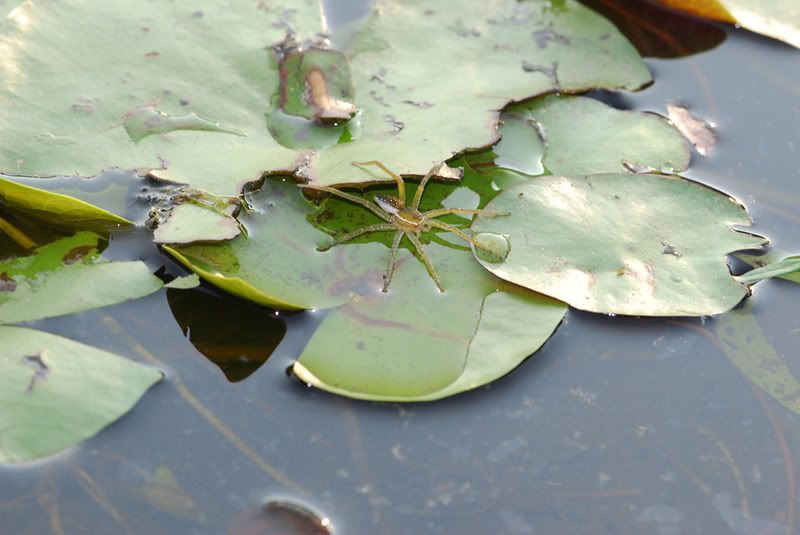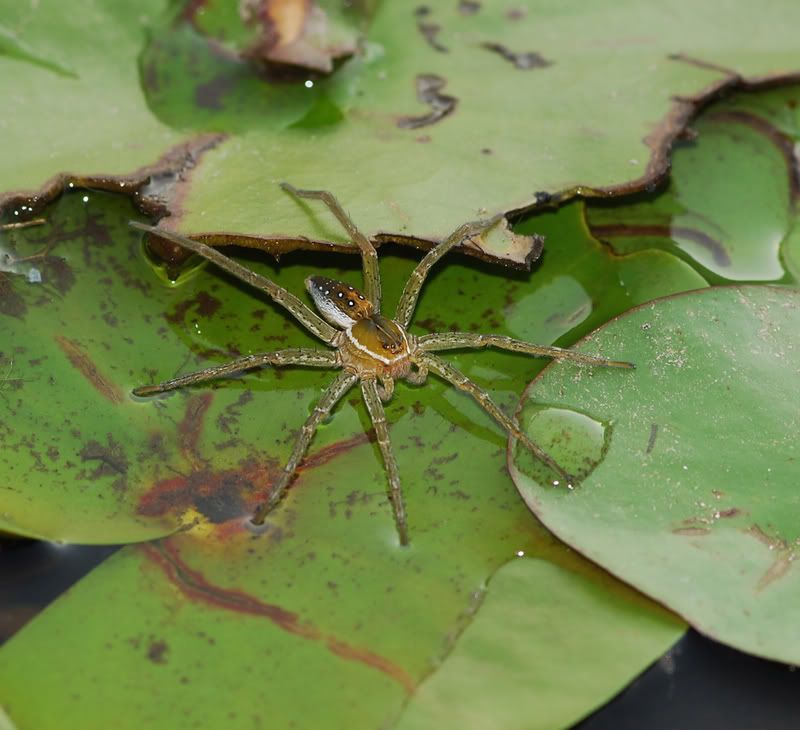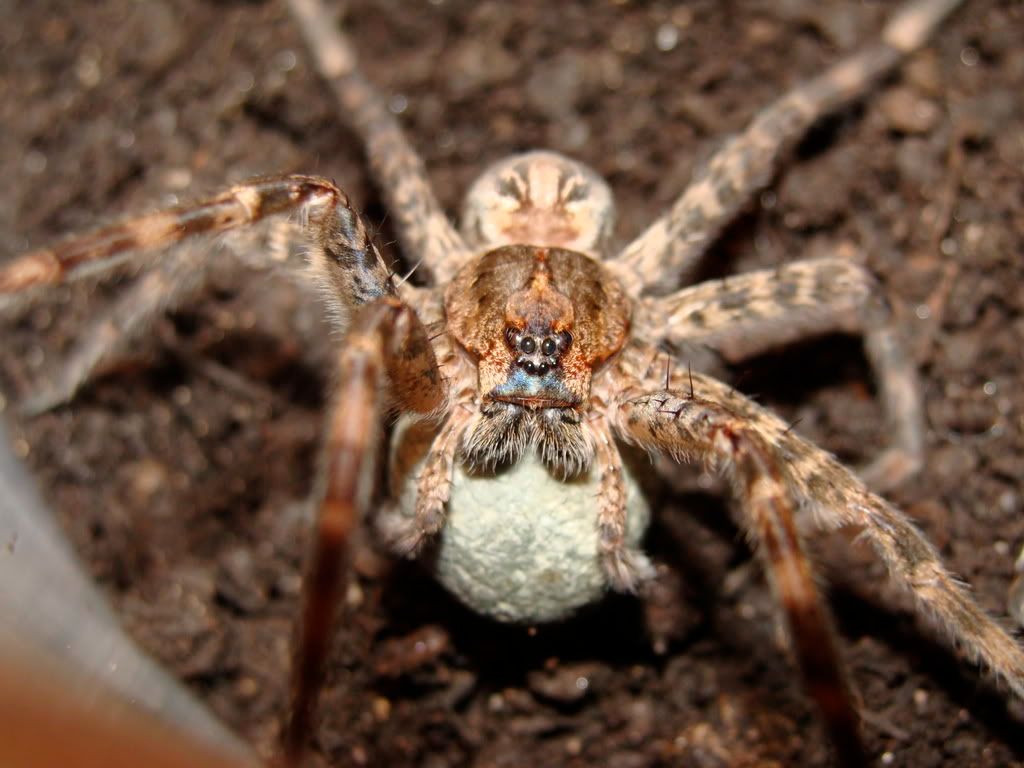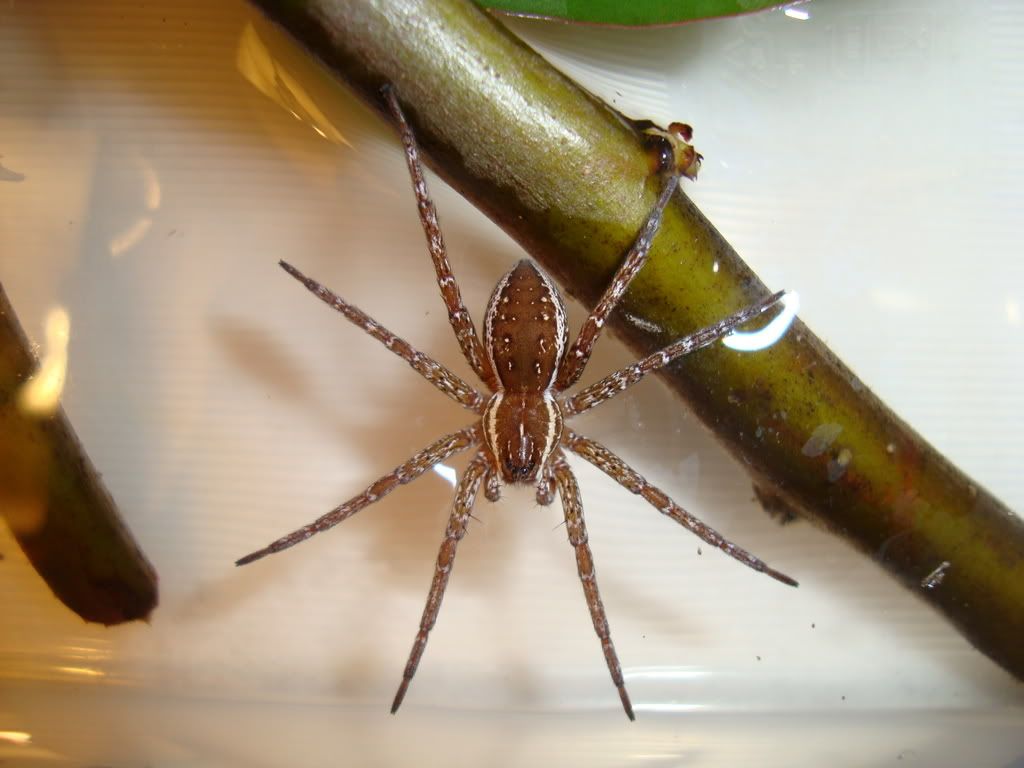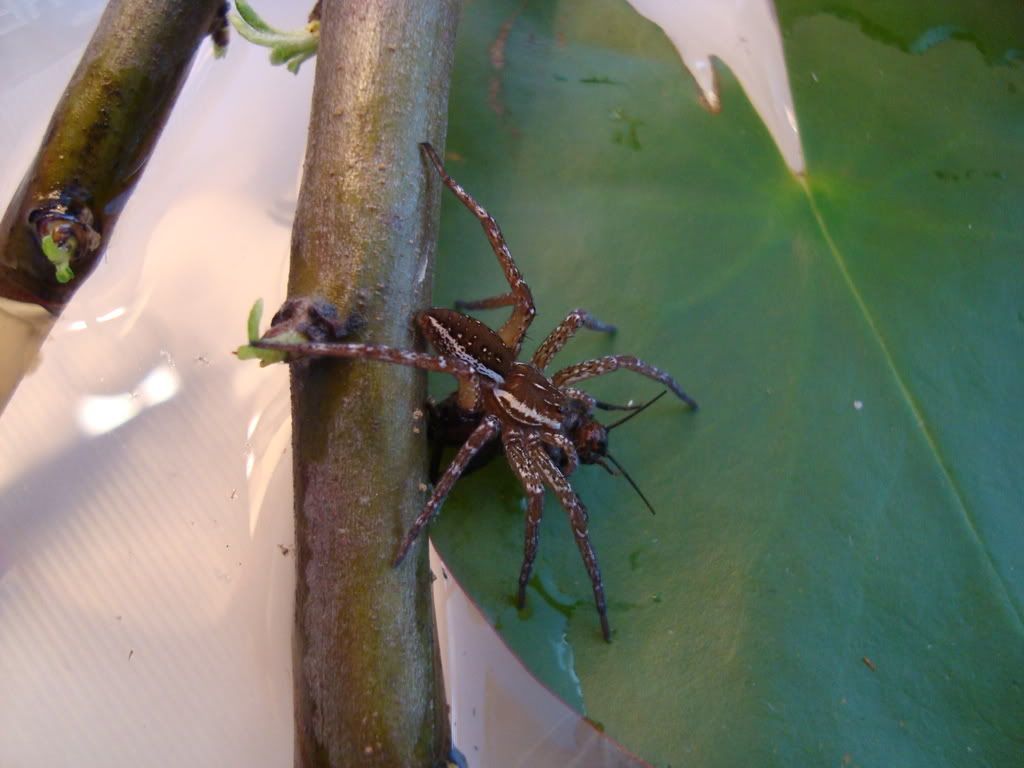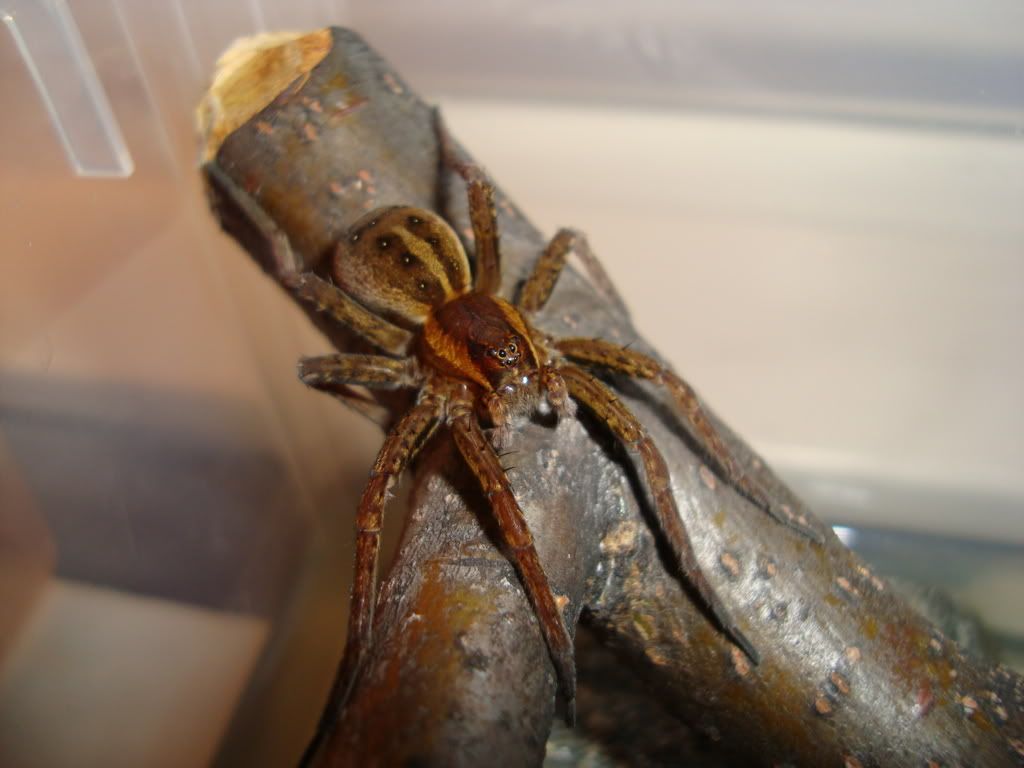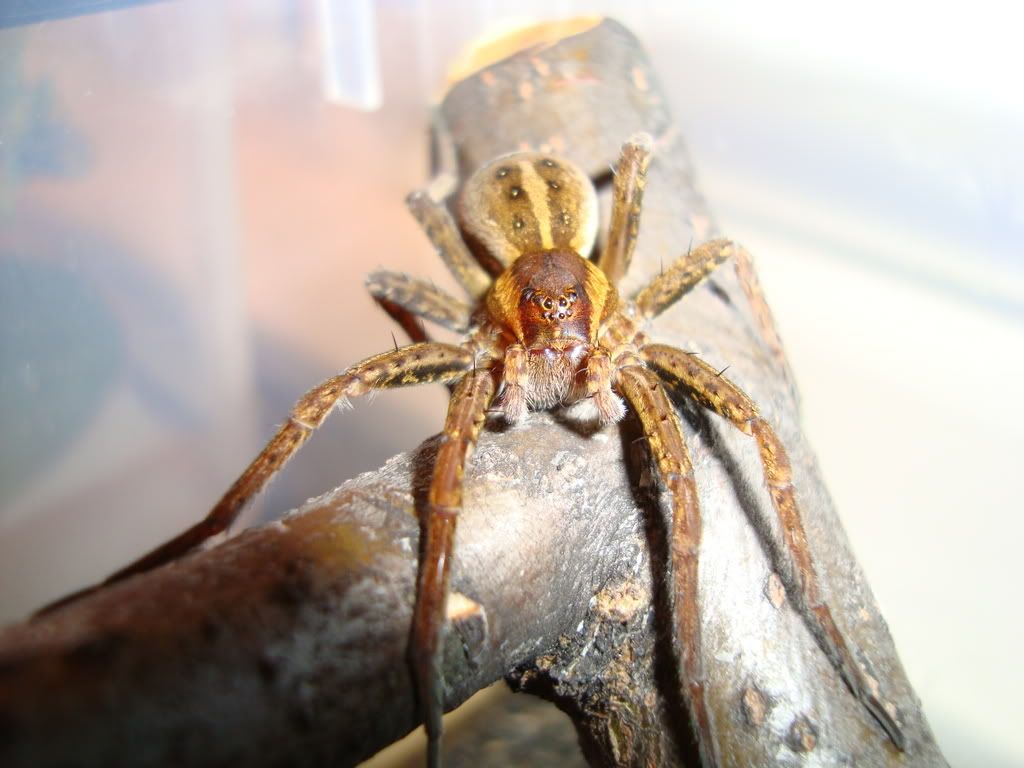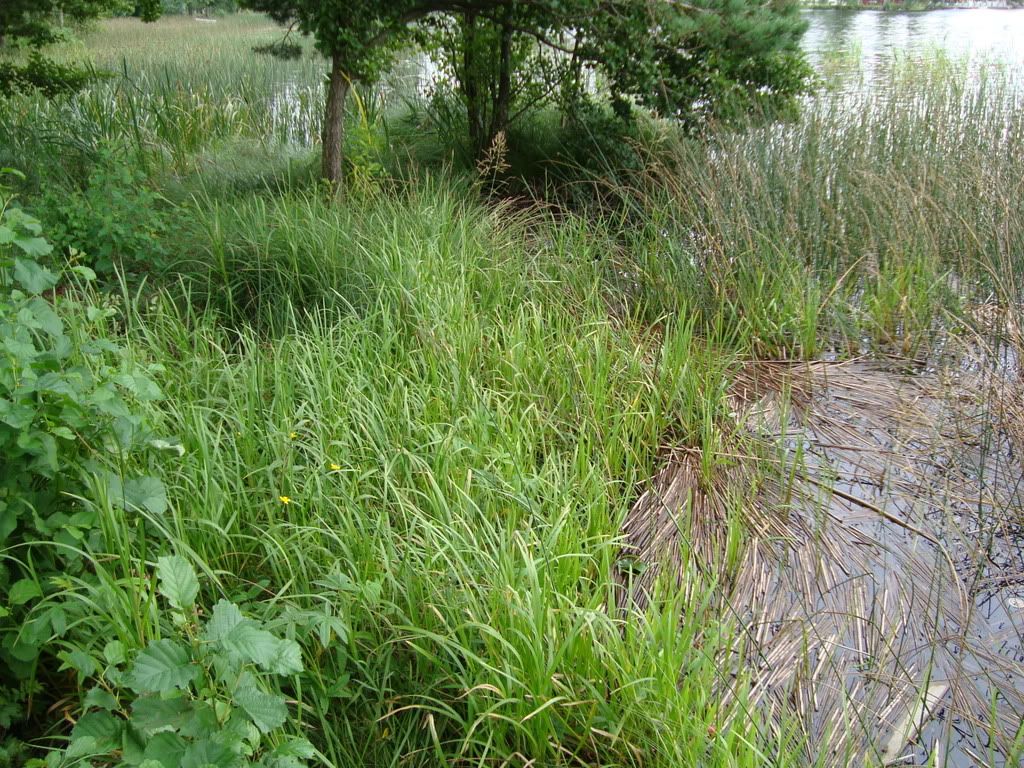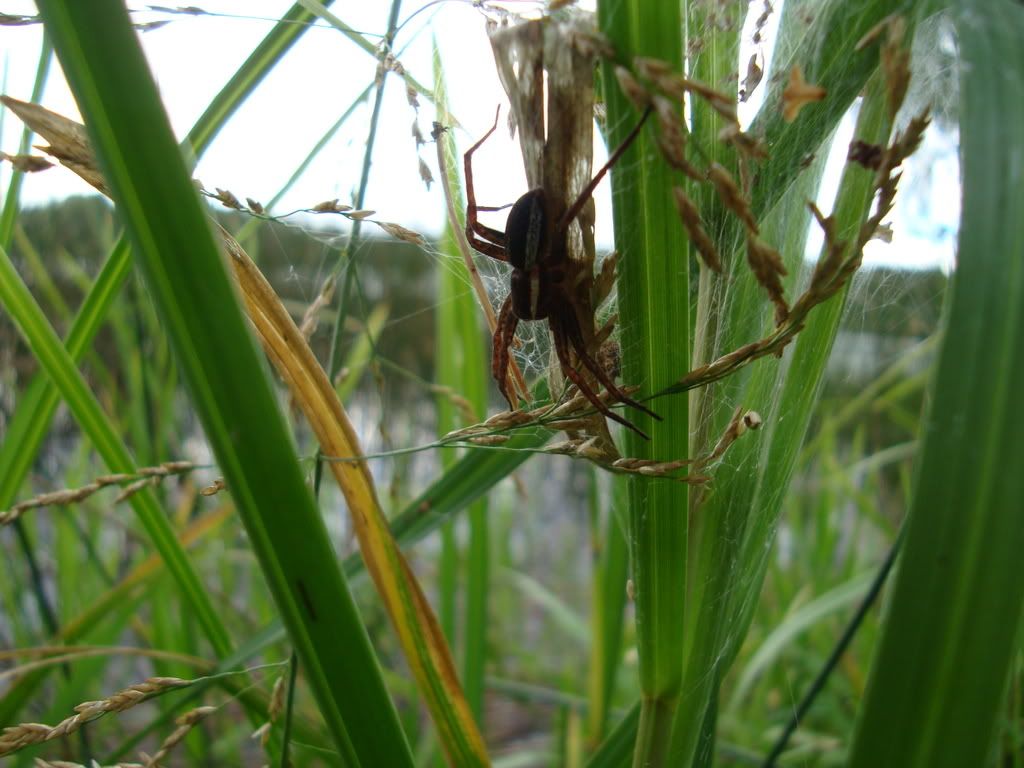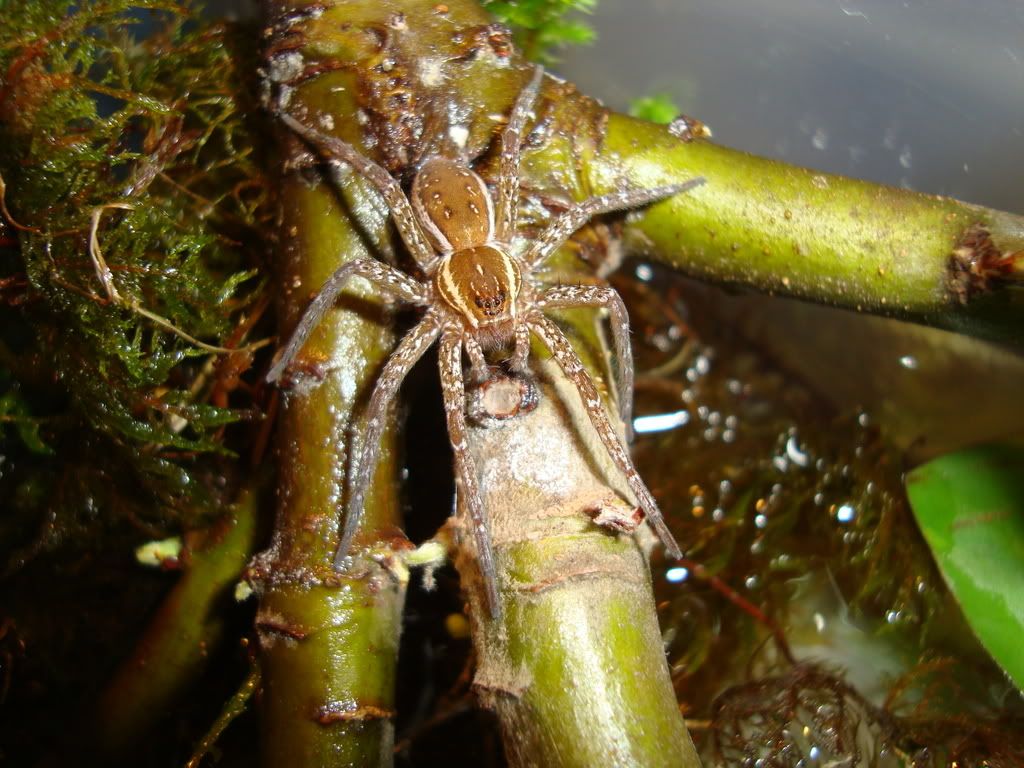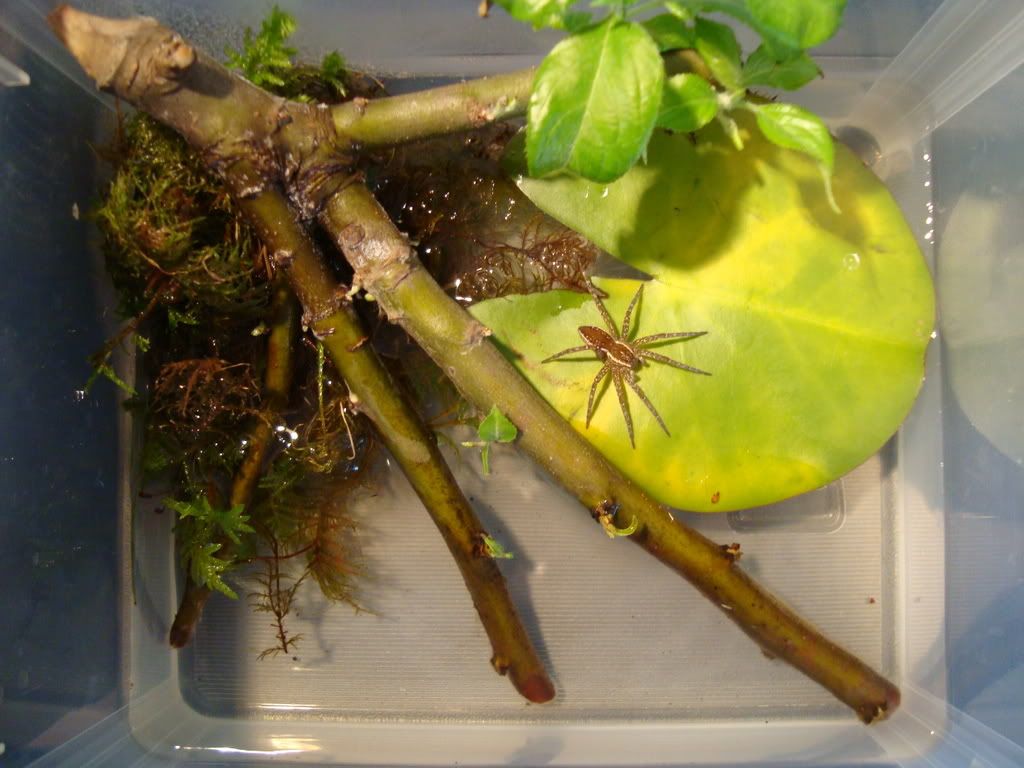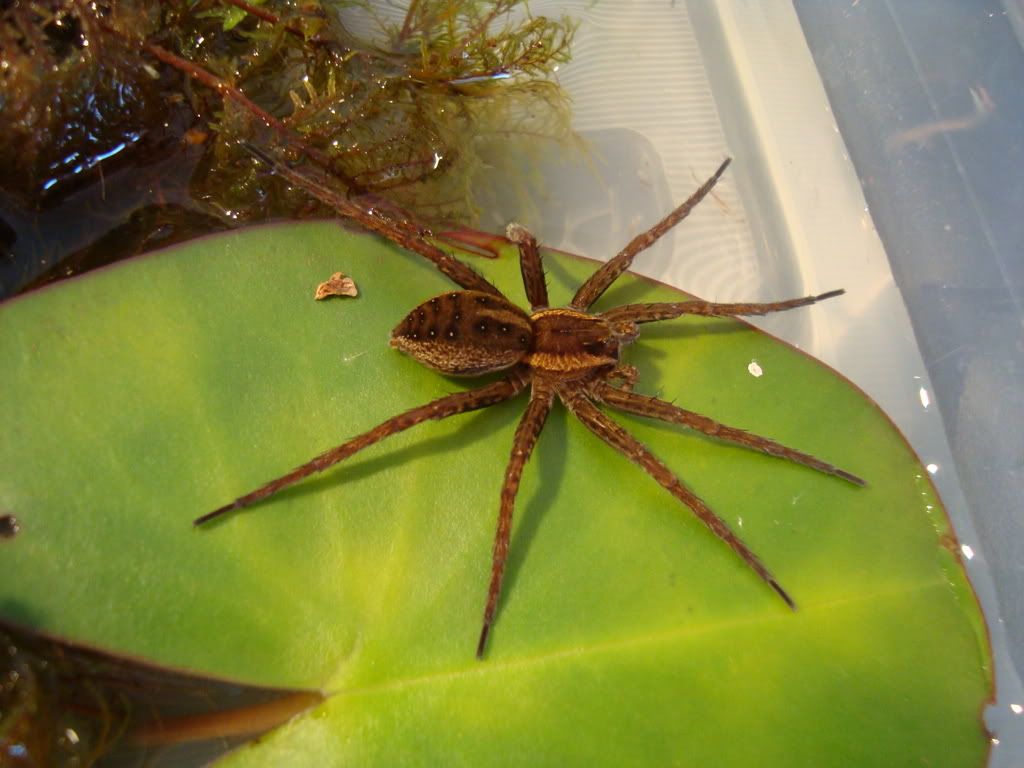- Joined
- Jun 8, 2007
- Messages
- 574
Well that also has happened to me too but with different spiders. But at least you get to watch them if you don't get to get any of the slings.
And I wouldn't want them taking over either.
Black Widow88

And I wouldn't want them taking over either.
Black Widow88


